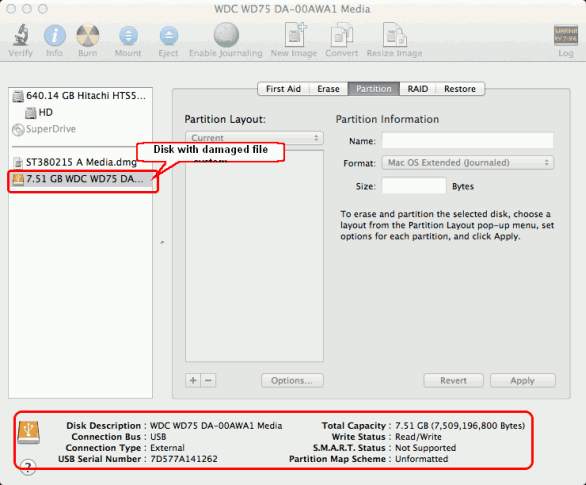
- #DELETE FILES FROM RECOVERY MAC OS X HOW TO#
- #DELETE FILES FROM RECOVERY MAC OS X INSTALL#
- #DELETE FILES FROM RECOVERY MAC OS X SOFTWARE#
- #DELETE FILES FROM RECOVERY MAC OS X FREE#
partitions using FAT 12/ FAT16/ FAT32 and NTFS file systems including EFS as well as scanning and recovery from HFS formatted volumes.
#DELETE FILES FROM RECOVERY MAC OS X SOFTWARE#
This will allow the application to read the raw device node, something that is required for any data recovery software to run.
#DELETE FILES FROM RECOVERY MAC OS X HOW TO#
According to Apple documentation, you need at least 9 GB of available space on the startup volume (as shown in the Finder Info window) for normal operation.Top Software Keywords Show more Show lessįILERECOVERY 2019 Enterprise for Windows 5.6.0.5 downloadįILERECOVERY 2019 Enterprise runs under the Windows Vista/Win7/8/10 operating. Mac Data Recovery: How to recover deleted files in Mac OS X Note: In macOS version 10.4 Mojave and above it is necessary to temporarily disable SIP (System Integrity Protection). Otherwise, start up from an external drive, or else use the technique in Step 1b, 1c, or 1d to mount the internal drive and delete some files. You might be able to start up in safe mode even though you can't start up normally.

If the internal drive of the non-working Mac is user-replaceable, remove it and mount it in an external enclosure or drive dock. This technique won't work with USB, Ethernet, Wi-Fi, or Bluetooth.ĭ. Use the working Mac to copy the data to another drive. If you have access to a working Mac, and both it and the non-working Mac have FireWire or Thunderbolt ports, start the non-working Mac in target disk mode. You'll use the Recovery installer, rather than downloading it from the App Store.Ĭ.
#DELETE FILES FROM RECOVERY MAC OS X INSTALL#
Otherwise, if you have Internet access, follow the instructions on this page to prepare the external drive and install OS X on it.

Click Recover again to perform the recovery. Preview recoverable files and select a new storage location for restored data. Click Recover next to the storage device to scan for lost data. If you already have an external drive with OS X installed, start up from it. Launch the application and locate the storage device from which you want to recover deleted files. It has the ability to identify and recover more than 300 file types which include documents, images, audio files, video file and RAW photo files. It has the ability to recover files which were deleted or lost during formatting / re-formatting / partitioning / re-partitioning from Mac system. If Step 1a fails because of disk errors, and no other Mac is available, then you may be able to salvage some of your files by copying them in the Finder. Software to recover files deleted from Mac OS and other storage device.

You don't need a DVD if you're running OS X 10.7 or later.ī. Start up from the Recovery partition, or from a local Time Machine backup volume ( option key at startup.) When the OS X Utilities screen appears, launch Disk Utility and follow the instructions in this support article, under “Instructions for backing up to an external hard disk via Disk Utility.” The article refers to starting up from a DVD, but the procedure in Recovery mode is the same. You need an external hard drive to hold the backup data.Ī. There are several ways to back up a Mac that is unable to start. If you don't care about the data that has changed since the last backup, you can skip this step. The data deleted or formatted due to any of the above-stated scenarios will not permanently erase the file items. If you want to preserve the contents of the startup drive, and you don't already have at least one current backup, you must try to back up now, before you do anything else. Requirements: Mac OS X High Sierra, Sierra, El Capitan, Yosemite, Mavericks, Snow Leopard, Leopard, Mountain Lion, and Lion. The first step in dealing with a startup failure is to secure the data. In some cases, it may only find parts of the file, but you can also use Mac Data Recovery’s Intelligent Scan, which searches for other file. Each individual file has a specific signature that this search option scans to find. Move iTunes, iPhoto and iMovie media folders to an external drive. If the file’s listing in the main directory and the journal has been deleted, Mac Data Recovery uses what’s called a signature search to find your deleted file. If you are not sure about any file, don’t touch it.Ĩ. Delete only the files that can be safely deleted.

Select Macintosh HD and click “Sweep Selected Drive” at the bottom.īe careful. This will show the storage size details of the items. Wait until it is finished.ħ.Try OmniDiskSweeper. Highlight the old Backups, press “Delete Backup” and then “OK”. Disk space / Time Machine ?/ Local Snapshots
#DELETE FILES FROM RECOVERY MAC OS X FREE#
This will delete some caches and will free up some space to take other steps.Ĥ.


 0 kommentar(er)
0 kommentar(er)
